

Vegetarian diets are an excellent way to lose weight. That’s because, veggies contain good carbs, dietary fiber, vitamins, minerals, healthy fats, and proteins. These nutrients prevent absorption of fat, improves bowel movement, strengthens bones, helps shed fat and build muscle mass, boosts brain function, energize the body, and keep all the diseases away. Although most Indians follow a vegetarian diet, they are still obese or suffer from various diseases. So, first things first, here’s a list of foods that you must avoid.
• Carbonated beverages
• Packaged fruit or vegetable juices
• Lard, dalda, butter, vegetable oil
• Namkeen, bhujia (homemade or not)
• Sweets, milk chocolate,
• Too many chapatis, and too much rice
• Consume paneer in moderation
Pulses, tofu, soy, beans, milk, mushroom, and paneer do not provide the body with enough protein or complete essential amino acids. Proteins are not only the building block of your body but are also tough to digest, which is why the body requires more calorie expenditure to digest proteins, leading to weight loss. Moreover, vegetarians also fall in the same obesity spectrum as the meat eaters. Up next is the most popular Paleo diet for Indians.
Paleo diet is also a great option when it comes to losing weight. The theory behind Paleo diet is “eat like a caveman to shed pounds.” The high-protein and high-fiber diet allow you to lose weight without cutting on calories. Paleo or Stone Age Diet also helps to keep diabetes, coronary disease, and cancer at bay. You must have lean meat, fish, fruits, vegetables, and healthy fats. You can also include legumes, nuts, seeds, and peanuts.
• All processed foods
• Refined oils like canola
• Refined sugar
• Potatoes
• Dairy
• Salt
It is tough for vegetarians to follow this diet as the emphasis is on lean meat. Also, dairy products are absent from the Paleo diet, so you miss out on essential
nutrients like calcium, magnesium, and potassium. No amount of vegetables can be a good substitute for lean meats. So, vegans will fall short of proteins. This diet
plan is not budget-friendly either.
If you can sideline the limitations, you will find there are many positive sides to the Paleo diet. It is a low sodium diet plan, and you don’t need to do calorie
counting. Now, let me tell you the 10 rules of Indian Diet Chart For Weight Loss and share the 4-week Indian diet plan so that you lose weight effectively and
permanently.
Being disciplined is critical while following any dietary program. If you are serious about losing weight to improve health, follow these 10 simple rules to keep your hunger pangs at bay.
1. Increase The Consumption Of Fruits And Vegetables: You should eat at least five portions of fruits and vegetables each day. Fruits are extremely beneficial when
consumed on an empty stomach. Therefore, starting your day with fruits is a healthy option. Do not have fruits immediately after any meal.
2. Limit The Intake Of Stimulants: Restrict the intake of stimulants such as caffeine, alcohol, and refined sugar. Caffeine is harmful when taken on an empty stomach.
Hence, avoid bed tea or coffee. It is advisable to have tea or coffee with meals.
3. Do Not Skip Breakfast: Breakfast is the most important meal of the day. In fact, it is recommended to have something for breakfast that generates energy slowly,
such as a bowl of porridge or a cup of low-fat yogurt (dahi).
4. Drink Plenty Of Water: Water aids digestion and also acts as a detoxifying agent. Hence, it is recommended to drink at least eight glasses of water every day.
Moreover, drinking plenty of water not only flushes out toxins but also keeps your skin glowing with health. Water is a zero-calorie drink with low sodium. It also
helps flush out the toxic buildup inside the body and excess water weight and jump-starts metabolism. If you find plain water boring, you can squeeze in a lemon and
add a spoon of honey or even drink tender coconut water which will also help restore the electrolyte balance in the body.
5. Have Smaller Gaps Between The Meals: Avoid long gaps between your meals because the food you eat gets converted into fat instead of being used for energy. It is not
recommended to have a gap of more than three hours in between your meals.
6. Do Not Starve: Allowing your body to starve is not a healthy option as it has its adverse effects. Eat well to fulfill your nutritional needs.
7. Have Your Last Meal Early: You should have the last meal at least two hours before going to bed.
8. Restrict Your Calorie Intake: Keeping a watch on your caloric intake is extremely crucial in any diet plan. Calorie-dense foods like fried food, sweets, and
pastries should be avoided.
9. Remove Fat From Your Food: All visible fat should be removed from food before cooking. Processed meat like sausages and burgers should be avoided as they contain
high calories.
10. Eat Healthy Snacks: Replace the processed or fried foods with healthy snacks such as fresh or dried fruits, low-fat yogurt, whole grain cereals and rice cakes.
Keep these 10 points in mind and take the liberty to adjust your diet according to the availability of food items. Tropical climate also influences the food preferences to a great extent. Here is the 4-week Indian Diet Chart for weight loss. Better health is guaranteed if followed properly.

We provide yoga services in all life style disorders and wellbeing
Heart conditions that include diseased vessels, structural problems and blood clots.
Read More
Diabetes - A group of diseases that result in too much sugar in the blood (high blood glucose).
Read More
Obesity - A disorder involving excessive body fat that increases the risk of health problems.
Read More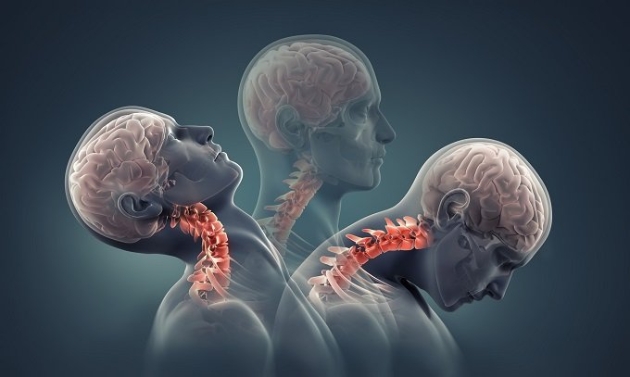
Cervical spondylosis is a common, age-related condition that affects the joints and discs in your cervical spine, which is in your neck.
Read More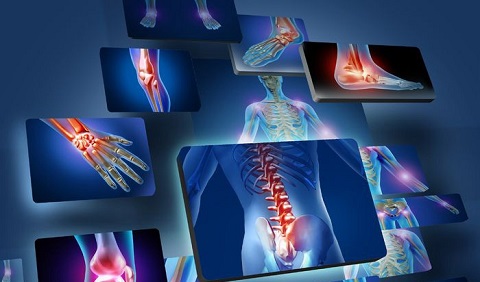
Arthritis - Inflammation of one or more joints, causing pain and stiffness that can worsen with age.
Read More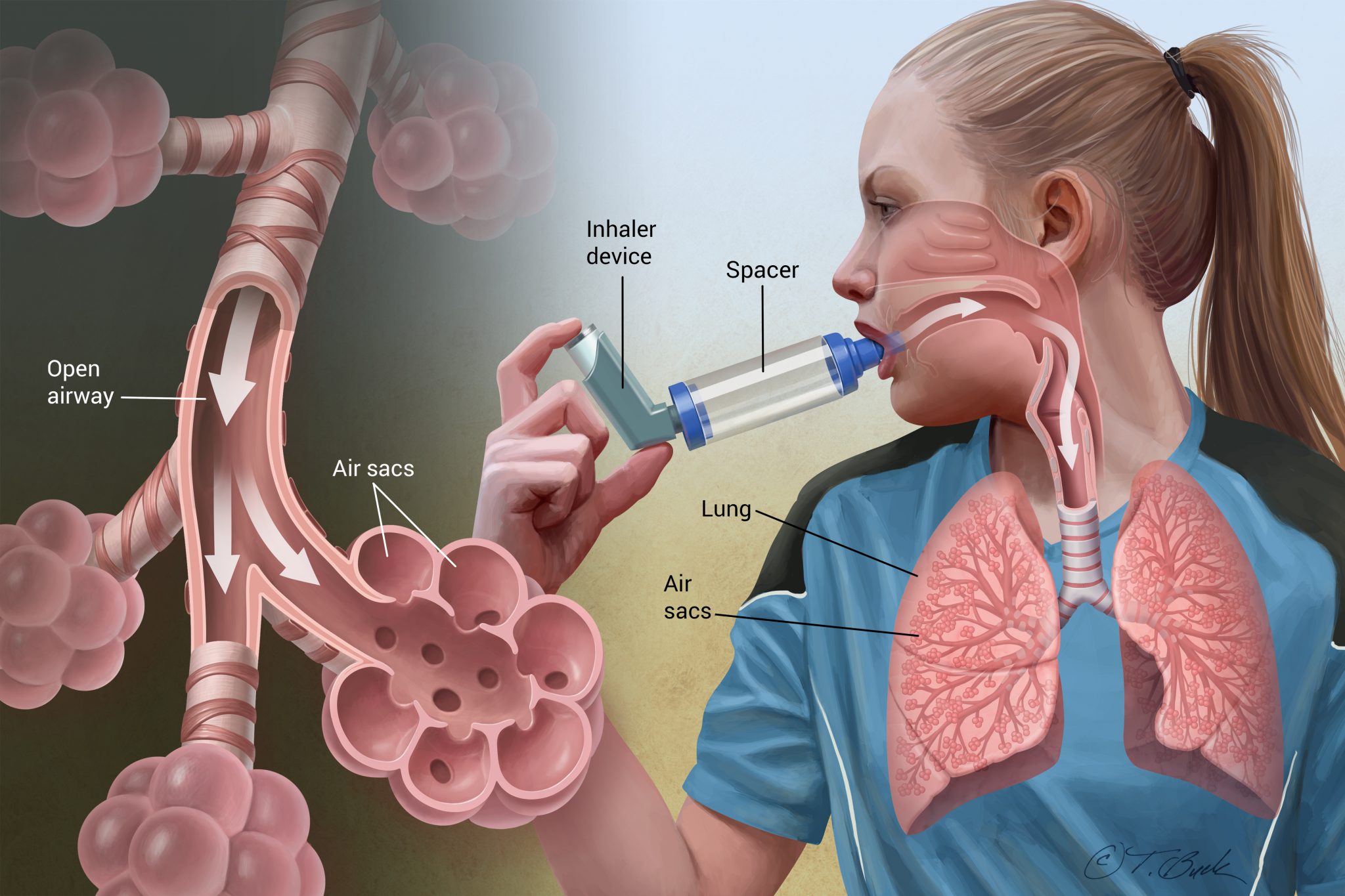
Asthma - A condition in which a person's airways become inflamed, narrow and swell and produce extra mucus, which makes it difficult to breathe.
Read More
A mental health disorder characterised by feelings of worry, anxiety or fear that are strong enough to interfere with one's daily activities.
Read More
PCOS - A hormonal disorder causing enlarged ovaries with small cysts on the outer edges.
Read More
Thyroid - Thyroid disease is a common problem that can cause symptoms because of over- or under-function of the thyroid gland.
Read More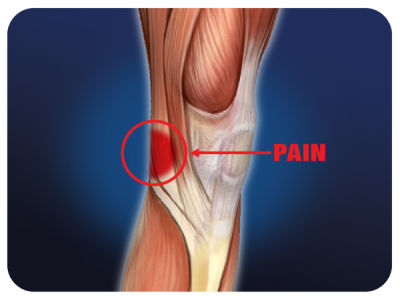
Osteoarthritis is a degenerative process that causes knee joint pain, stiffness, and swelling.
Read More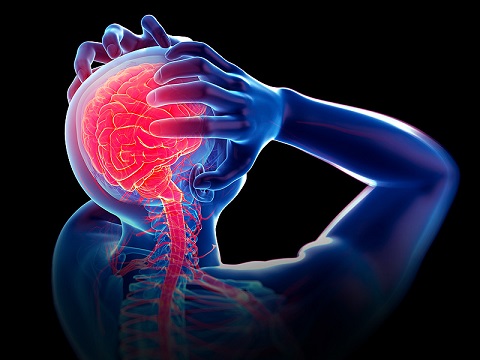
Migraine - A headache of varying intensity, often accompanied by nausea and sensitivity to light and sound.
Read More
Gastric problems are usually more common in diabetics who have had the condition for longer, and is mostly caused by neuropathy affecting certain nerves in the digestive system.
Read More
Eye diseases like macular degeneration, glaucoma, and cataracts, can cause vision problems.
Read More
Shoulder problems happen when the soft tissues in the shoulder break down.
Read More
Yoga is for all age groups kids, children, tenage, young and adults.
Read More
Hair Loss - Hair loss, also known as alopecia or baldness, refers to a loss of hair from part of the head or body.
Read More
Yoga helps to increase your height by opening your ligamnets, stiffed tendons, ball and socket joints.
Read More
Pranayama, breathing exercises, headstand, and fish pose are primarily the best for glowing skin.
Read More
Body Toning - Tone up you body curves and lose weight by yoga asanas.
Read More
General Fitness by yoga includes physical, mental and spiritual wellbeing.
Read More